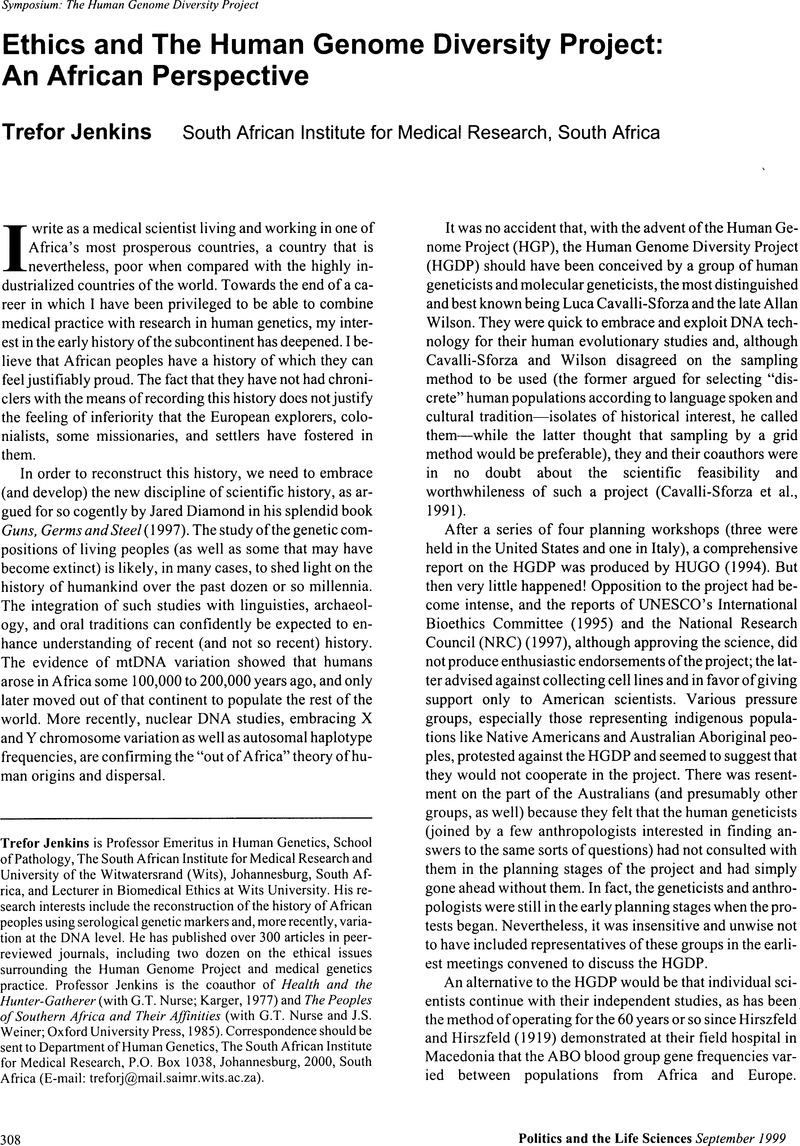Crossref Citations
This article has been cited by the following publications. This list is generated based on data provided by Crossref.
Zhong, Adrina
Darren, Benedict
and
Dimaras, Helen
2017.
Ethical, social, and cultural issues related to clinical genetic testing and counseling in low- and middle-income countries: protocol for a systematic review.
Systematic Reviews,
Vol. 6,
Issue. 1,





